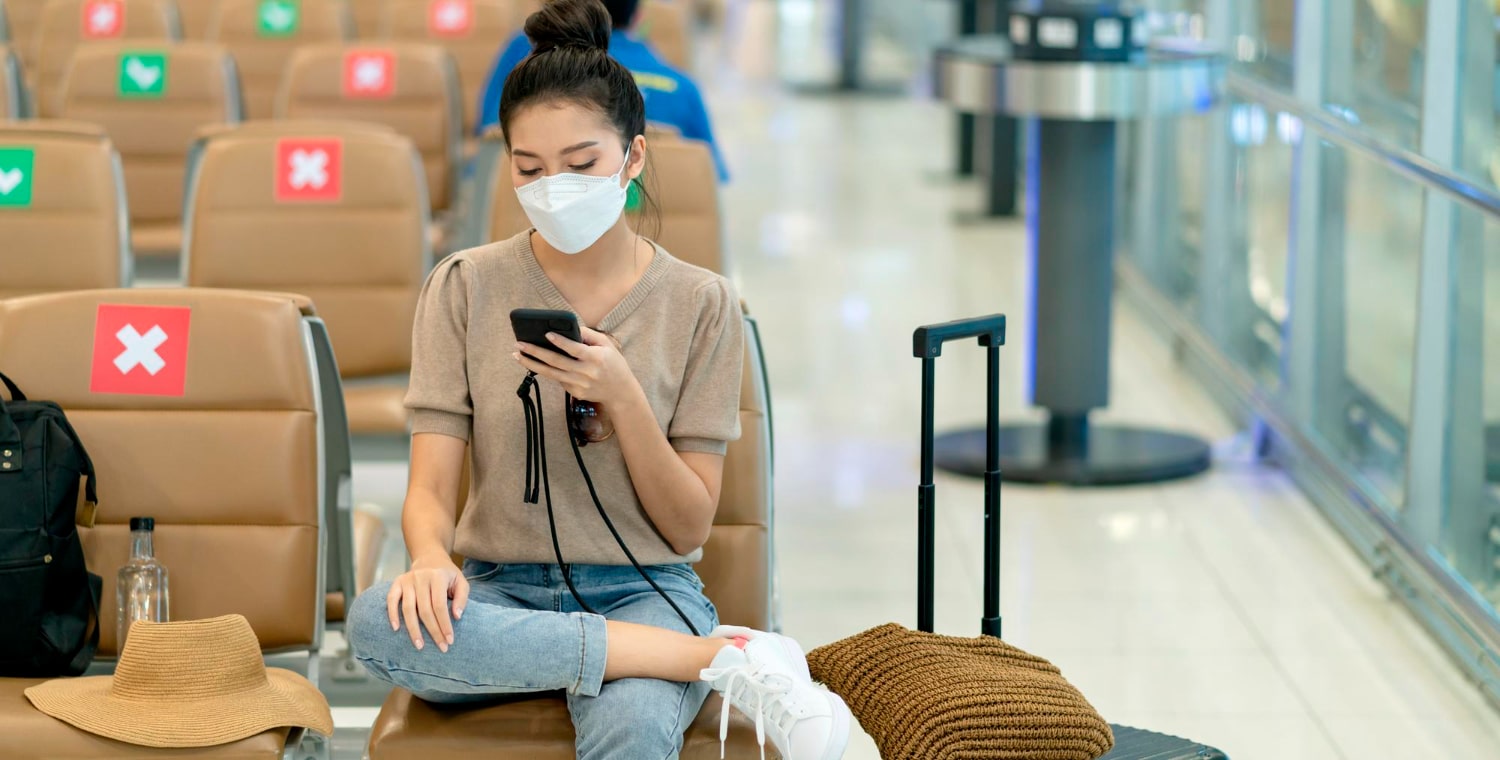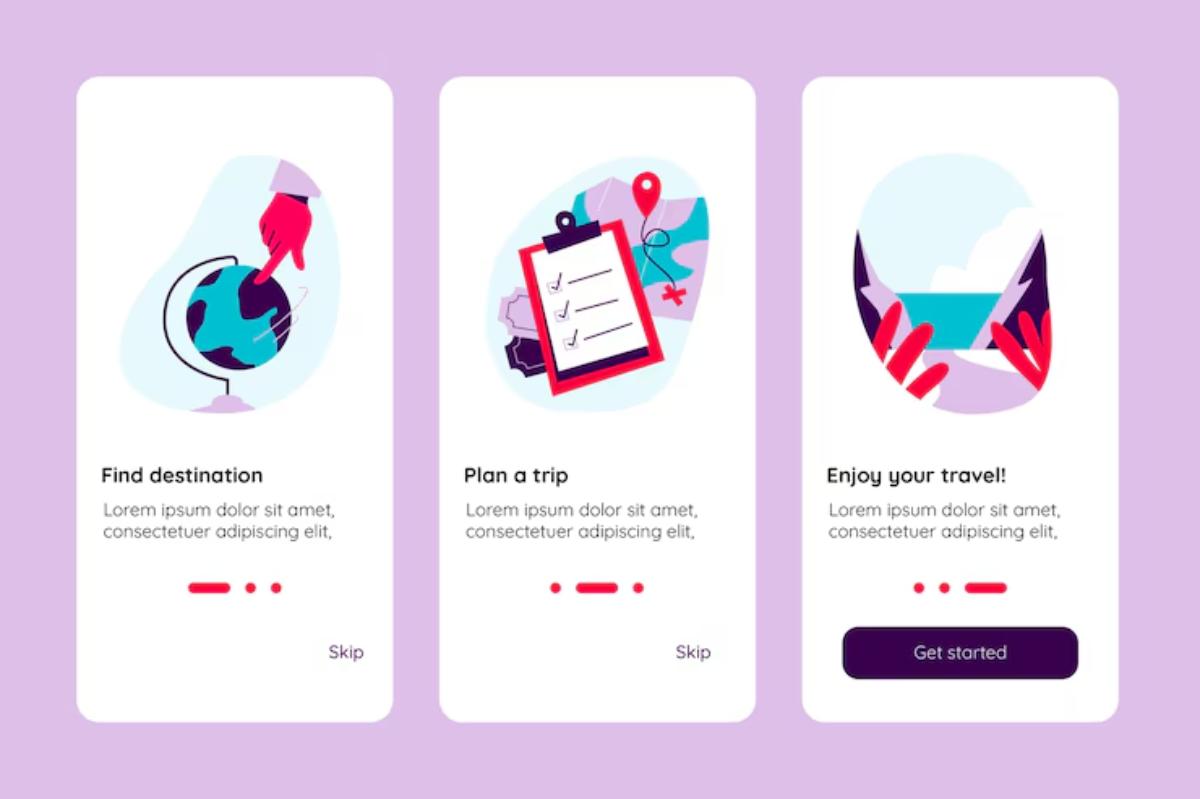
The Role of Technology in Ensuring Travel Safety
There’s a certain magic in travel—the thrill of navigating a foreign city, hearing languages you don’t understand, or getting wonderfully lost on purpose. But underneath the excitement, there’s always a quiet concern: “What if something goes wrong?”
That question isn’t meant to stop exploration. It’s a reminder that a little preparation can go a long way. And today, thanks to smart travel safety technology, being prepared doesn’t mean carrying a folder full of papers or memorizing embassy numbers. It means opening an app. Getting an alert. Clicking a button.
In this post, let’s explore how technology shapes modern travel safety—how it anticipates risk, responds quickly, and even fades into the background so you can enjoy the adventure. We’ll unpack the tools, the tech, and the real-life safety app features that actually matter when you’re out in the world.
Travel Safety Isn’t What It Used to Be (Thankfully)
It wasn’t that long ago that “travel safety” meant photocopying your passport, wearing a money belt, and telling your parents which hotel you’d be at—just in case.
Now? It’s about being one step ahead.
Imagine landing in Bangkok and getting a real-time notification about a flash flood in a nearby district. Or walking through a quiet neighbourhood in Paris and your phone quietly notes: “This area has a recent spike in pickpocketing.” That’s what emergency planning tools do in 2025. They inform without overwhelming. They guide without dictating.
Safety used to be a checklist. Now, it’s a network—fluid, intelligent, and always on.
Real-Time Alerts: Awareness Without the Anxiety
Let’s start with the most powerful shift technology brings to safety: real-time awareness.
Apps like Sitata, Smart Traveller, and GeoSure aren’t just databases. They’re living systems that pull in local news, user reports, government advisories, and even social media to flag what’s happening where you are—or where you’re headed.
Why It Matters:
- You can avoid protests, natural disasters, or roadblocks before getting caught in them.
- You get updates that are specific to your trip, not just general alerts.
- You don’t have to go looking for info—it comes to you.
This is the difference between travelling with vague worry and travelling with informed confidence.
Emergency Planning Tools: Preparedness in Your Pocket

Here’s where technology moves from informative to actionable. It’s one thing to know a situation is unfolding. It’s another thing to know what to do next.
Modern emergency planning tools help with both.
What They Often Include:
- Emergency number databases by country (no, 911 doesn’t work everywhere).
- Digital document storage for passports, insurance, and medical history.
- Check-in systems that let family know you’re safe in one tap.
- Medical guides for basic first aid while waiting for help.
Apps like TripWhistle, First Aid by IFRC, and bSafe combine simplicity with life-saving clarity.
They don’t just react. They help prevent panic.
Learn how to activate and set up your emergency tools with How to Use Emergency Apps While Travelling Abroad.
GPS and Location Sharing: The Right People Always Know Where You Are
There’s a kind of peace that comes from knowing someone knows where you are. Not in a creepy, over-watched way—but in a “they’d know where to look if something happened” way.
Today’s travel safety technology leverages GPS to make this simple.
Features That Help:
- Live tracking that updates your location in real time.
- Scheduled check-ins so friends/family know you’re on schedule.
- Geo-fencing that alerts someone if you leave a pre-set safe zone.
- Emergency location ping when you trigger an SOS.
Apps like Life360 or Noonlight are used by families, solo travellers, and even couples travelling separately. It’s one of those things you hopefully never need—but when you do, it changes everything.
Safety App Features That Actually Matter
Not every feature in a travel safety app is worth your time. Here’s what does matter.
1. Offline Capability
Signal disappears. Especially in rural areas, trains, subways, or developing regions. Good apps work even when you’re off-grid.
2. Custom Alerts
You don’t want 50 push notifications. Just the ones that matter—to your itinerary, your safety profile, and your preferences.
3. Multi-Language Support
When you’re panicked, struggling through menus in a language you don’t speak is the last thing you want.
4. Panic Buttons
One tap sends your GPS location to pre-set contacts or even emergency responders. This isn’t dramatic—it’s smart.
5. Health Information
From vaccine requirements to nearby hospitals, health-related features are essential. Apps like Sitata include telemedicine access—a game-changer if you get sick in a small town.
Wearables and Smart Accessories: Safety on Your Wrist
Phones aren’t the only tech helping travellers stay safe. Wearables now offer even more seamless support.
Examples:
- Smartwatches can trigger an SOS silently during a medical or safety emergency.
- AirTags or Tile devices track luggage, passports, and valuables.
- Fitness bands monitor vital signs and detect falls.
It’s not about being plugged in. It’s about being quietly protected—without interrupting your experience.
AI and Predictive Safety
AI isn’t just for movie recommendations or chatbot customer service. It’s also powering predictive travel safety.
Some platforms analyse:
- Political trends
- Historical crime data
- Weather models
- Transportation reliability
This information builds risk profiles for locations—and suggests how to adapt.
You might be nudged to leave earlier for a train due to protest activity. Or you may get advice to avoid a certain neighbourhood after dark. That’s AI acting like a seasoned local whispering helpful advice.
Translators, Currency Converters, and Other Unsung Heroes

Not every safety feature comes with a siren.
Sometimes, avoiding risk means understanding the menu, the metro map, or the price you’re being quoted.
Apps like Google Translate, XE Currency, and Maps.me all contribute to safety by reducing miscommunication and uncertainty.
Because sometimes the danger isn’t in the event—it’s in the confusion that follows.
The Human Element: Technology Only Works if You Use It Right
It’s easy to download five safety apps and never open them again. But like any tool, their power comes from use.
Here’s how to make sure your safety app features actually work when needed:
- Test them before leaving. Trigger a fake alert. Try an offline search.
- Add emergency contacts before departure—not during the crisis.
- Check battery settings to make sure safety apps don’t get auto-disabled.
- Read reviews and stay updated. An app that worked great in 2018 may be outdated now.
Technology won’t replace gut instinct or situational awareness. But when used right, it amplifies them.
What’s Coming Next in Travel Safety Tech?
The future’s looking even smarter.
Expect to see:
- Augmented reality safety overlays showing live risk zones through your camera.
- Biometric ID backups that store passports securely on blockchain.
- Crowdsourced drone footage for disaster areas and real-time navigation.
- Integrated travel safety dashboards where all alerts, documents, and medical info live in one place.
The line between “I’m safe” and “I’m protected” is getting thinner—and smarter.
Technology Should Quiet the Noise, Not Add to It
There’s a lot of gear out there. A lot of tools. A lot of advice. But at the heart of it all, travel safety technology is about freedom.
It’s about walking through the souks of Marrakech with your phone in your pocket instead of your head on a swivel. It’s about hiking a misty trail in Iceland without worrying who would find you if you twisted an ankle. It’s about parents sleeping easier because your location updates every few hours—automatically.
Good technology fades into the background. It doesn’t get in the way of spontaneity. It makes more room for it.
So load up your phone. Pack the charger. Download the apps. But then? Step into the world with your eyes wide open. Knowing you’re covered lets you wander further—and isn’t that the whole point?
Want to start building your travel tech kit? Check out Top Safety Apps Every Traveller Should Have for must-have downloads.


